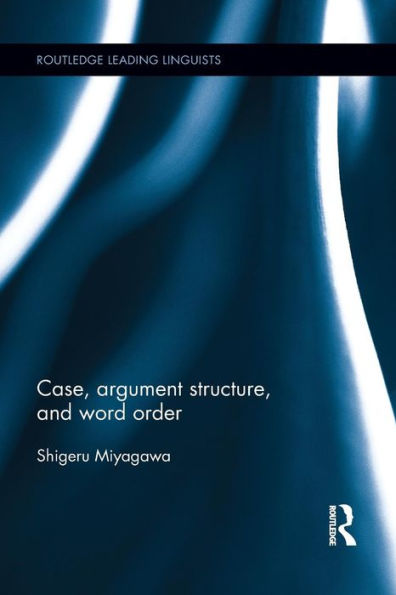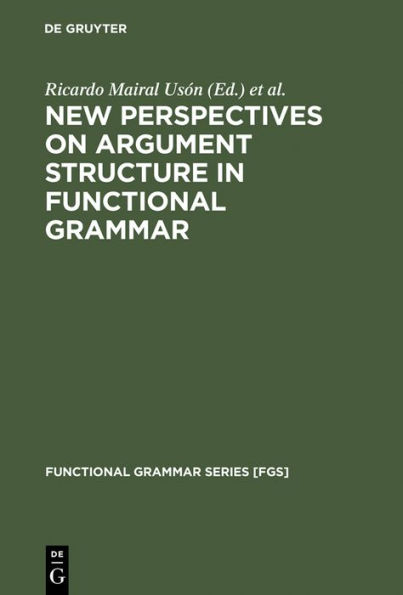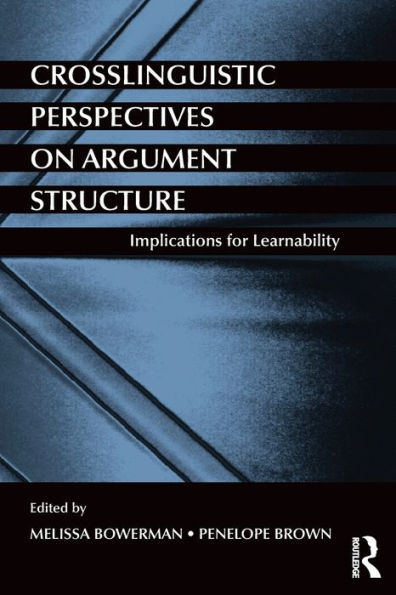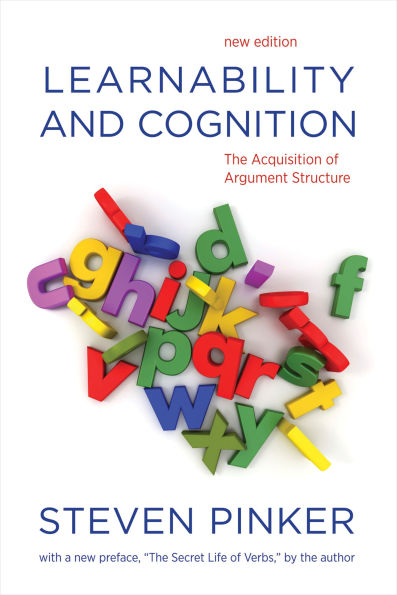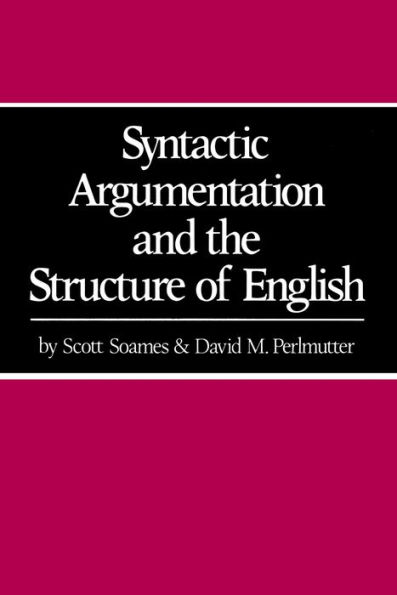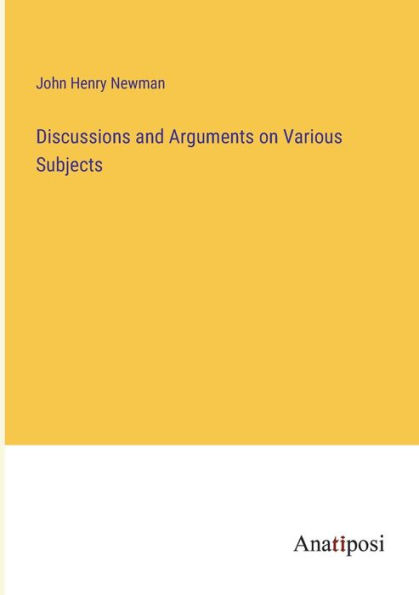Home
Argument Structure
Loading Inventory...
Barnes and Noble
Argument Structure
Current price: $40.00
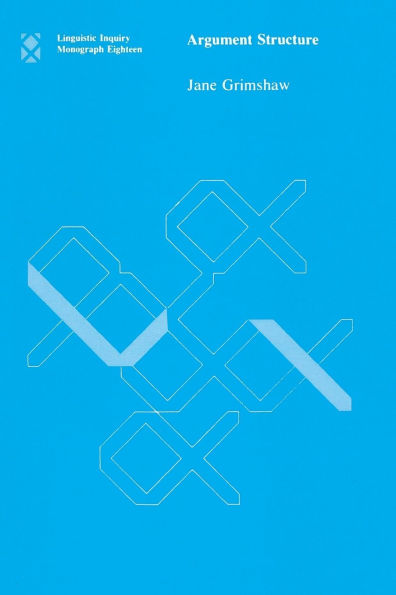

Barnes and Noble
Argument Structure
Current price: $40.00
Loading Inventory...
Size: OS
*Product Information may vary - to confirm product availability, pricing, and additional information please contact Barnes and Noble
Argument Structure
is a contribution to linguistics at the interface between lexical syntax and lexical semantics. It formulates an original and highly predictive theory of argument structure that accounts for a large number of syntactic phenomena. The main analytical focus is on passives, nominals, psychological predicates, and the theory of external arguments. In the course of
, Jane Grimshaw suggests that, contrary to the prevailing view, argument structure is in fact structured; it encodes prominence relations among arguments which reflect both their thematic and their aspectual properties. The prominence relations support a new theory of external arguments, with far reaching consequences for the syntactic behavior of predicates, and the nature of cross-categorial variation in argument structure.
is a contribution to linguistics at the interface between lexical syntax and lexical semantics. It formulates an original and highly predictive theory of argument structure that accounts for a large number of syntactic phenomena. The main analytical focus is on passives, nominals, psychological predicates, and the theory of external arguments. In the course of
, Jane Grimshaw suggests that, contrary to the prevailing view, argument structure is in fact structured; it encodes prominence relations among arguments which reflect both their thematic and their aspectual properties. The prominence relations support a new theory of external arguments, with far reaching consequences for the syntactic behavior of predicates, and the nature of cross-categorial variation in argument structure.

